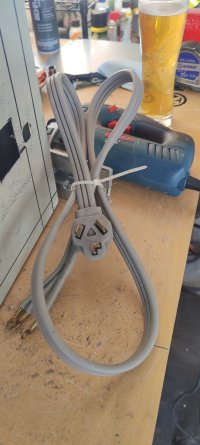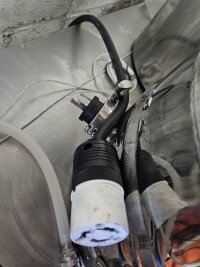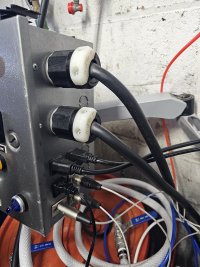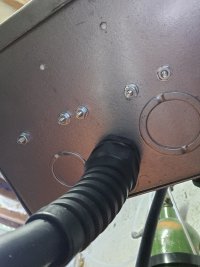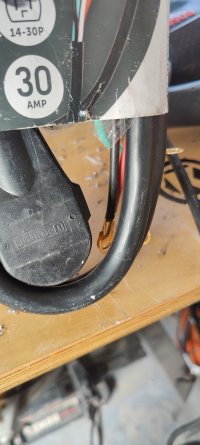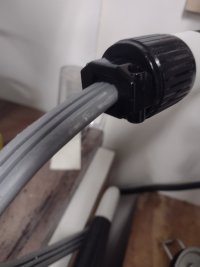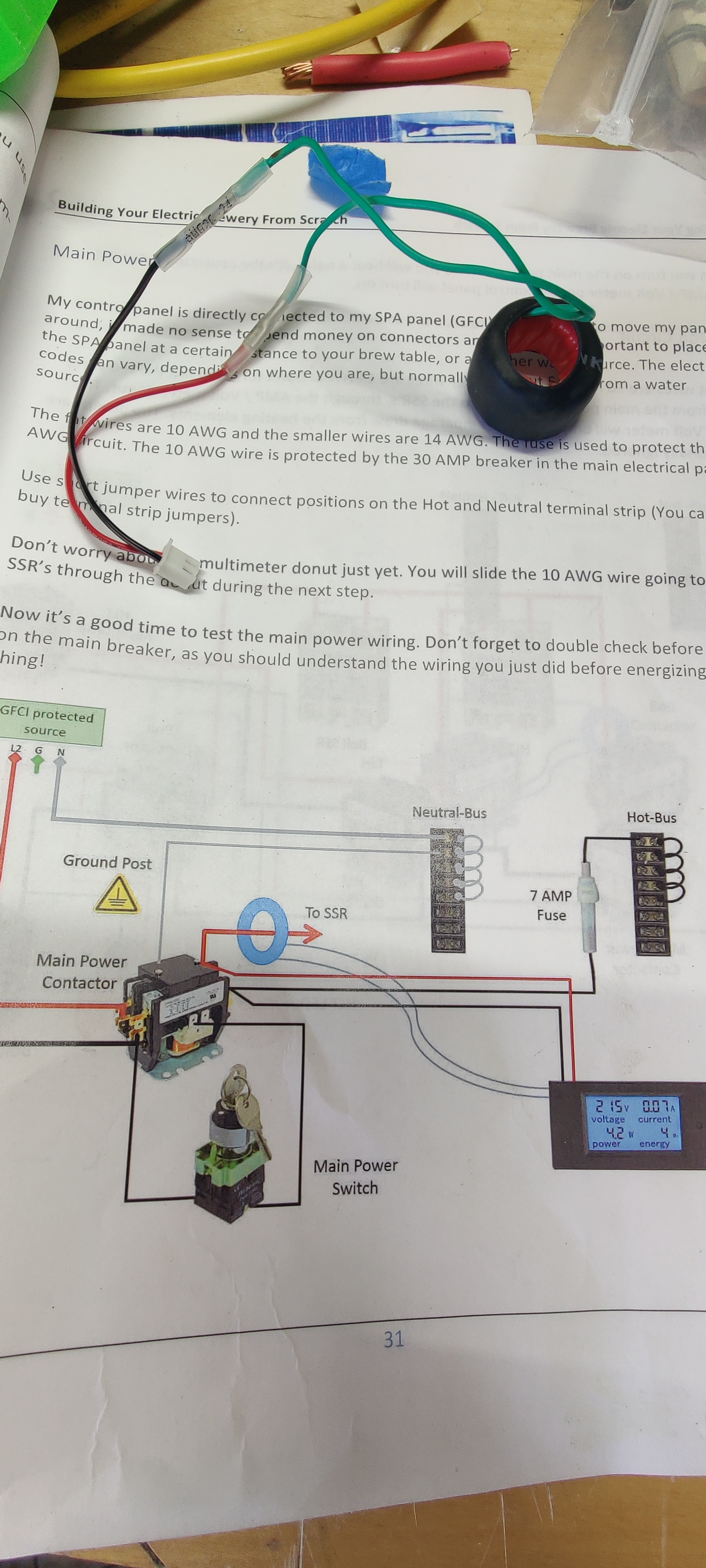The dryer cord sounds fine, I looked at mine before I posted initially today but couldn't reach a spot to see if it was labelled. I mentioned the other type in part because you were going to cut the plug off it and maybe the other type was cheaper, maybe longer if needed, or perhaps slightly more suitable depending on your plans.
I will try one more time however and say it will likely work out better to not wire your element to the cord. Even though it's going on your HLT, from time to time you will want to clean the HLT or every time even. You could pop the element out, but it will be connected to the wire awkwardly. Leaving the cord on but unplugged, also awkward cleaning. My HLT is the heaviest vessel, doesn't fit well in the sink. I originally had a cord wired running to a vessel mounted junction box. I upgraded to a TC port and an element with a plug. So much easier to work with any time the vessel needs to be moved.



























![Craft A Brew - Safale BE-256 Yeast - Fermentis - Belgian Ale Dry Yeast - For Belgian & Strong Ales - Ingredients for Home Brewing - Beer Making Supplies - [3 Pack]](https://m.media-amazon.com/images/I/51bcKEwQmWL._SL500_.jpg)































